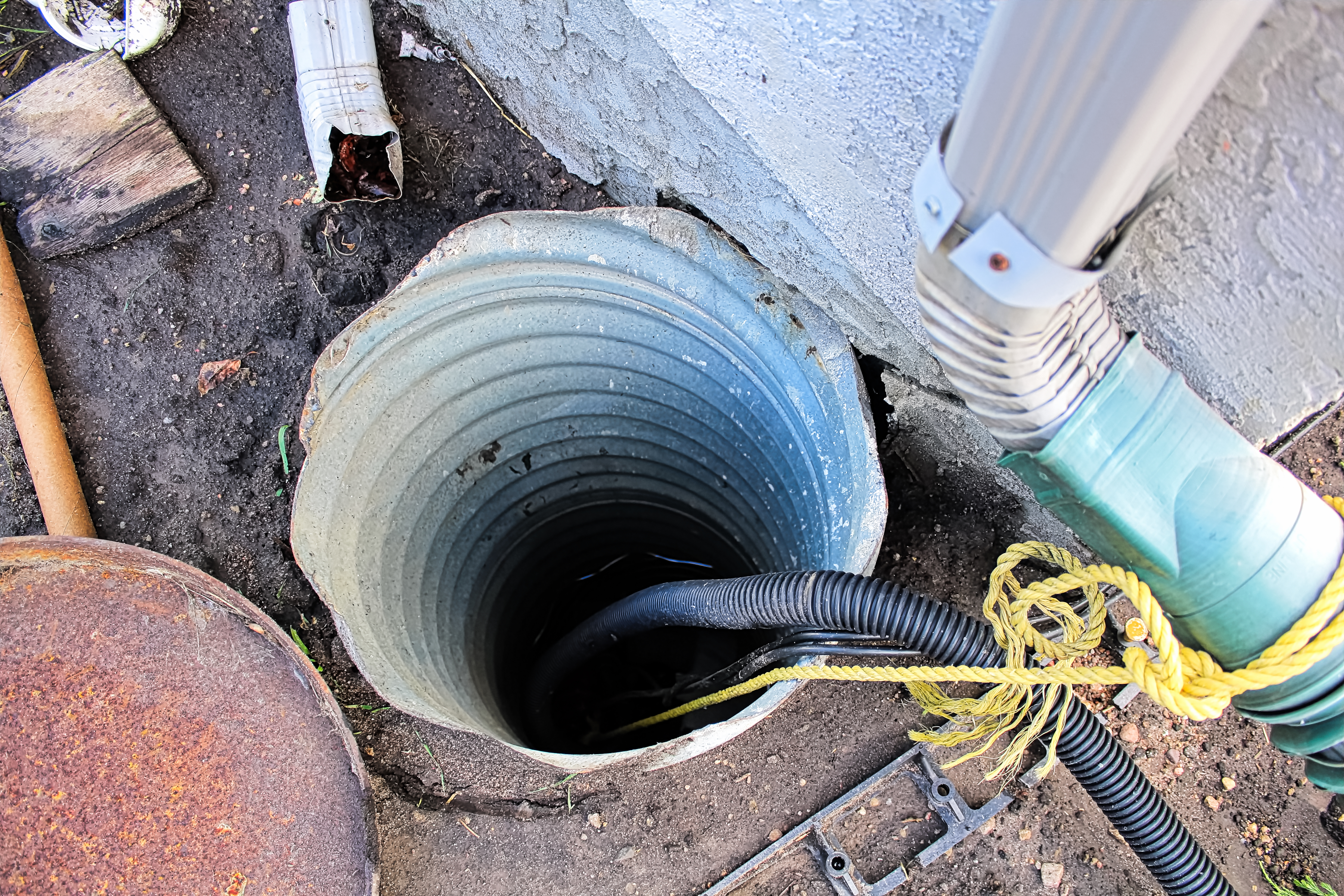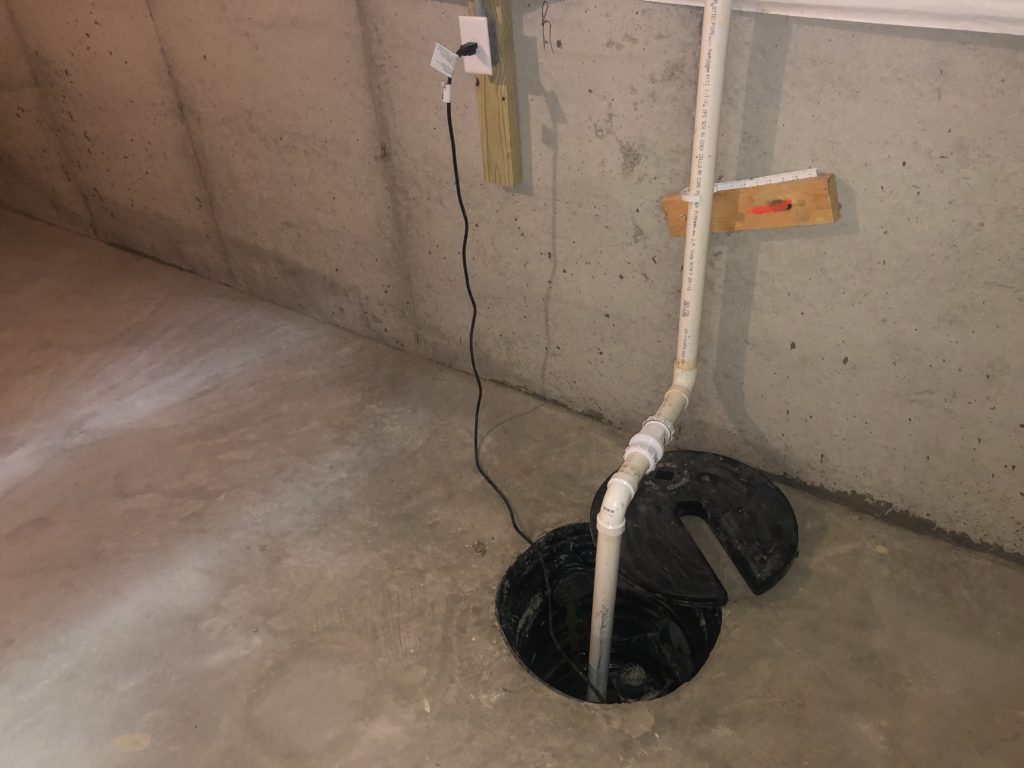Fast Solutions for Caring for a Sump Pump
Fast Solutions for Caring for a Sump Pump
Blog Article
Just about every person may have their own unique rationale in relation to Steps to Cleaning Your Sump Pump Properly.

Sump pumps are vital components in lots of homes, especially in areas prone to flooding or too much moisture. They aid stop water damages by efficiently eliminating excess water from basements or crawl spaces. However, like any other appliance, sump pumps require normal maintenance to guarantee they work successfully when needed one of the most. Cleaning your sump pump is an important part of its maintenance, and comprehending how to do it effectively can save you from pricey repairs and prospective disasters.
Introduction
Keeping a tidy sump pump is essential for its correct functioning and durability. Disregarding this essential task can cause clogs, malfunctions, and ultimately, water damage to your residential property. For that reason, learning just how to clean up a sump pump is vital for homeowners who rely on these devices to maintain their cellars completely dry and safeguarded.
Comprehending the Sump Pump
Prior to diving into the cleansing process, it's essential to have a basic understanding of how a sump pump functions. Commonly set up in a pit or container below the basement flooring, a sump pump includes a number of key parts, including a pump, a float button, and a discharge pipeline. When water collects in the pit, the float button triggers the pump, which then pumps the water out through the discharge pipe, far from the building's foundation.
Indicators of a Dirty Sump Pump
Understanding when your sump pump requires cleaning is critical for protecting against possible malfunctions. Some usual indicators that show a filthy sump pump consist of unusual sounds during procedure, minimized water flow, and visible particles in the pit. If you see any of these symptoms, it's essential to cleanse your sump pump without delay to avoid any further issues.
Planning for Cleaning
Before you start cleansing your sump pump, it's vital to take some safety and security precautions. Begin by turning off the power to the pump to stay clear of any electrical accidents. Additionally, use appropriate safety gear, such as gloves and safety glasses, to safeguard on your own from dirt, debris, and potential pathogens.
Step-by-step Overview to Cleaning Up a Sump Pump
Shutting Off the Power
Begin by separating the power supply to the sump pump to prevent any type of accidents while cleaning.
Getting Rid Of Particles and Dirt
Make use of a pail or an inside story to get rid of any kind of noticeable debris, dust, or sediment from the sump pit. Dispose of the debris correctly to prevent it from clogging the pump or the discharge pipeline.
Cleaning up the Pump and Drift Change
As soon as the pit is free from debris, very carefully remove the pump from the pit. Examine the pump and the float switch for any kind of signs of damage or wear. Make use of a soft brush or towel to clean the surfaces and eliminate any kind of built up crud.
Purging the System
After cleaning the pump and float button, purge the sump pit with tidy water to get rid of any staying dust or debris. This will certainly aid ensure that the pump operates efficiently and effectively.
Looking For Correct Performance
Prior to re-installing the pump, execute a fast examination to make sure that the float button triggers the pump properly. Pour some water into the sump pit and observe the pump's operation. If every little thing is operating properly, you can reconstruct the pump and reconnect the power supply.
Maintenance Tips to Keep Your Sump Pump Clean
Along with periodic cleansing, there are several upkeep suggestions you can comply with to maintain your sump pump in optimum problem:
Conclusion
Cleansing your sump pump is a crucial facet of its maintenance and makes sure that it operates properly when you require it the most. By adhering to the actions described in this guide and integrating routine maintenance into your routine, you can expand the life-span of your sump pump and safeguard your home from water damages.
6 STEPS ON HOW TO CLEAN A SUMP PUMP PROPERLY
UNDERSTANDING SUMP PUMPS
Your sump pump plays a crucial role in protecting your home by managing and removing excess water. It primarily functions as a “shield”, guarding your basement against the damaging effects of water accumulation. The pump is housed in a sump pit in the lowest part of your basement, and its job is to pump out any water that collects there.
During heavy rainfalls or when snow melts rapidly, water can infiltrate your basement, posing potential risks like flooding, structural damage, and harmful mold growth. Here, the sump pump springs into action, pumping out the intruding water and directing it away from your home.
SAFETY FIRST
Before cleaning, remember to prioritize safety. Disconnect the sump pump from the power source to prevent any accidental electric shocks. Also, wear sturdy gloves to protect your hands from any sharp or dirty components within the pump.
REMOVE THE SUMP PUMP
After ensuring your safety, the next step is to remove the sump pump from its pit. Doing this might require careful maneuvering as you don’t want to damage any pump components. Once removed, clean the sump pit to remove any accumulated debris or sludge.
INSPECT THE PUMP
Inspect the pump for any visible signs of wear or damage. Check the power cord, float switch, and impeller housing. If any components look worn out or damaged, consider replacing them to ensure optimal performance.
CLEAN THE PUMP
Thoroughly clean the pump with warm, soapy water. Make sure to rid it of any dirt, gravel, or other debris that might impede its performance. You can use a toothbrush to clean the small, hard-to-reach parts of the pump.
REINSTALL THE SUMP PUMP
Reinstall the pump into the sump pit Make sure it’s positioned correctly to remove the water effectively Once it’s back in place, reconnect it to the power source TEST THE PUMP
Finally, pour some water into the pit to ensure the pump works correctly. It should start automatically and begin pumping out the water; if it doesn’t, check the power source and the positioning of the pump.
Remember, while cleaning your sump pump is an essential part of home maintenance, hiring a professional plumber for a thorough inspection and cleaning at least once a year is also important. This will ensure that your pump is in optimal condition, ready to protect your home from potential water damage.
BEST PRACTICES FOR CLEANING SUMP PUMP DISCHARGE PIPES
Regular Inspection: Regularly inspect your discharge pipes, especially during heavy rainfall or snowmelt periods. Look for any signs of blockage or damage. Early detection of problems can prevent serious issues down the line. Periodic Cleaning: Over time, sediment and debris can accumulate in the discharge pipes, impeding the flow of water. Regular cleaning helps keep the pipes clear and functioning efficiently. You can use a high-pressure water jet to effectively clean the pipes. Insulation During Winter: In colder climates, discharge pipes can freeze, blocking the outflow of water. Protect your discharge pipes from freezing temperatures by insulating them with foam pipe insulation. This will ensure the sump pump can continue to discharge water even in freezing conditions. Proper Positioning: The discharge pipe should be positioned to direct water away from your home’s foundation. Improper positioning can lead to water seeping back into the basement. Ensure the pipe is long enough and angled correctly. Installation of a Check Valve: A check valve prevents water from flowing back into your sump pit after the pump has pushed it out. Installing a check valve helps maintain the efficiency of your sump pump and reduces the risk of flooding. Minimize Pipe Turns: Every curve or turn in the discharge pipe can decrease the efficiency of water flow. By minimizing turns and bends in your discharge pipe, you can increase the efficiency of your sump pump. https://www.fullspeedplumbing.com/how-to-clean-a-sump-pump-properly9999/

As a devoted person who reads on How to Care for Your Sump Pump, I was thinking sharing that section was really useful. Appreciated our posting? Please quickly share it. Let others locate it. Bless you for being here. Don't forget to stop by our site back soon.
Call Today Report this page